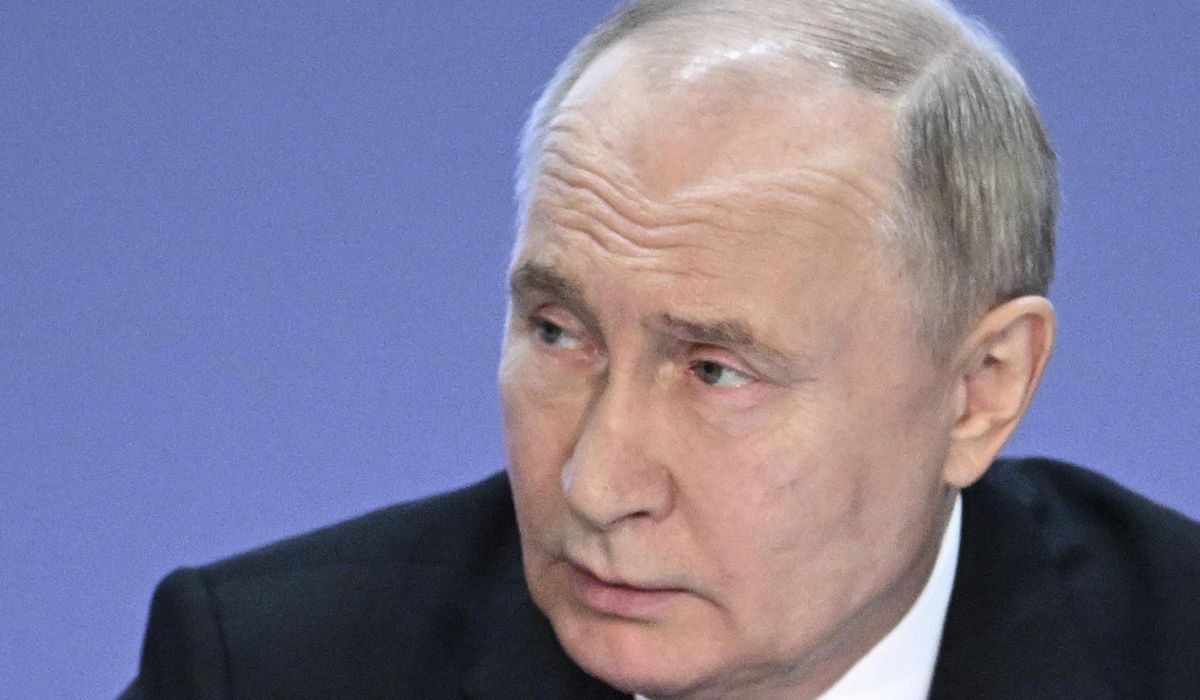


The Kremlin is deploying an artificial intelligence-powered surveillance operation using facial recognition to identify those opposed to the government at public events, according to an analysis of leaked Russian government documents obtained by Estonian journalists.
Aspects of the new system were reportedly used to assist in the arrests of people attending the late opposition leader Alexei Navalny’s funeral and were previously tested on fans attending soccer’s World Cup in Russia in 2018.
President Vladimir Putin’s administration intends to spend more than $121 million on the AI system’s continued development from 2024 through 2026, according to leaked documents reviewed by the central European-based VSquare and international investigators.
“The Russian administration is funding a massive AI-based surveillance apparatus that can effectively track citizens in real-time, recording their every move and mood,” the investigators wrote for VSquare. “The system connects cameras installed in public spaces to a center for ‘processing video feeds.’”
The cameras already cover areas in 40 Russian cities, according to the team of international journalists investigating the Kremlin Leaks, a trove of Russian government documents, who published last week at VSquare, a news outlet of central European journalists. The U.S. taxpayer-funded National Endowment for Democracy helped launch VSquare, which formed in 2017, according to its website.
The AI system is most widespread in Moscow, according to the investigators, where hundreds of thousands of cameras blanket the roads, subways and residential buildings.
One leaked budgetary document said the system was being used “to ensure the timely identification of threats, objects that are risk carriers in the field of internal policy, their accounting, study, and analysis, including in the context of recognizing video streams and high-quality photos, as well as checking matrices and individuals for destructive and/or disloyal behavior.”
Freedom House research analyst Grant Baker, who studies democracy and technology across Europe and Eurasia, said AI has long been used for surveillance, but the Kremlin’s system is escalating things to a different level.
“This is obviously really dangerous because, as we know, people in Russia obviously don’t have the recourse of a fair court in almost all cases, so that increases the dangers that these systems pose,” Mr. Baker said. “And I think the kind of intimidation that we’ve seen reported from law enforcement in these instances in Russia where they approach people and tell them, ‘Hey, you were documented like this’ is an intimidating factor.”
While Russia’s AI system has been directed at Russian citizens thus far, it could be headed to Ukraine next.
Investigators scrutinizing the AI system wrote in VSquare that no evidence yet suggested the same system was present in Russian-occupied territories of Ukraine but Donetsk residents told the investigators about a worrying spike in the installment of video cameras in public spaces.
• Ryan Lovelace can be reached at rlovelace@washingtontimes.com.
